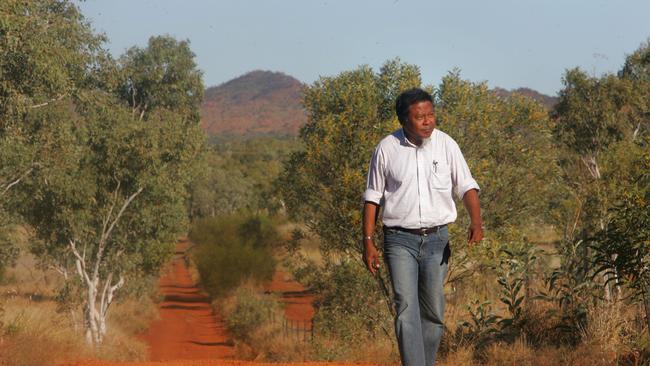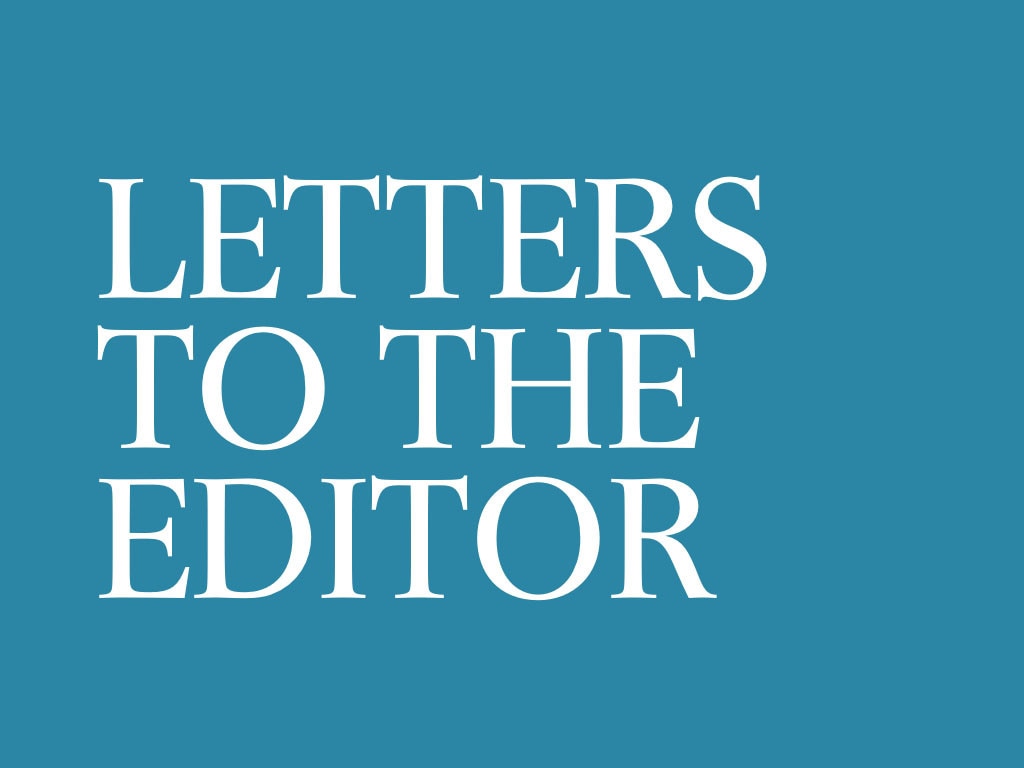Let’s move towards Indigenous wealth, not welfare

This may come as a surprise to some, but for Indigenous communities we are all too aware of the absence of economic opportunities to address our marginalisation and exclusion.
It is time we have a serious conversation about directing policy to drive Indigenous economic prosperity and wealth creation. I have long been convinced that to improve life outcomes we need to direct our energy to building a new, more equitable fiscal relationship between government and First Peoples.
This is the focus of a newly formed alliance of Indigenous leaders, born out of a deliberative dialogue about opportunities for Indigenous economic empowerment facilitated by the Australian National University’s First Nations Portfolio.
Away from the glare of retail politics and referendum post-mortems, the First Nations Economic Empowerment Alliance, comprising prominent individuals and key organisations committed to the economic empowerment of Indigenous communities, including the National Native Title Council, First Australians Capital, and the Indigenous Land and Sea Corporation, has been advancing a case for reform.
A history of colonial dispossession goes a long way in explaining the need for such economic reform, as does the continued fixation of governments on addressing Indigenous inequity with generally narrowly conceived policies based on social welfare.
Many of these policies have been important and well-intentioned, but they are blunt tools to deal with complex matters and rarely focus on economic development and wealth creation. They also rarely use economic and fiscal policy levers as tools to address a crisis of impoverishment and marginalisation. This is an ongoing failure.
I say this as someone who was in charge the Wyndham office for the Department of Community Welfare in Western Australia’s Kimberley region at the age of 23. For decades I have observed governments fail to turn the dial on the wellbeing and prosperity of Indigenous communities. To talk big and fall short. We must draw a line in the sand and try something new and potentially transformational.
Across the past two years the First Nations Portfolio has convened critical dialogues exploring the opportunities and barriers to Indigenous economic empowerment. Known as the Murru waaruu Seminar Series, these national dialogues brought together Indigenous landowners and businesses, industry representatives, academics, philanthropists and government officials to find a way forward on economic empowerment. This unprecedented process inspired the creation of the alliance and culminated in the publication of the Murru waaruu outcomes report, released last month.
At its simplest, the report calls for a new fiscal relationship with First Peoples, one based on Indigenous wealth creation not welfare. The report finds that governments must begin to forge a new policy approach on Indigenous economic empowerment to complement entrenched social policy priorities, which are so often characterised by deficits and deficiencies.
Such an approach sees Indigenous communities as capable and competent economic partners, with real and unique assets of benefit to themselves and the broader economy. Indigenous peoples, through statutory land rights and native title recognition, now have a recognised legal interest in 57 per cent of the continent. That figure is growing and should be a critical foundation for generating economic opportunity.
Nowhere is this opportunity better illustrated than in Australia’s pursuit to be a global leader in the clean energy transition. Most of these renewable projects, and indeed the critical minerals needed to support such a transition, will be sourced and established on Indigenous lands. This presents an opportunity to work with Indigenous communities as equity partners, sharing risks and benefits, so that we do not repeat the same mistakes of past resources booms.
These same considerations apply to burgeoning industries of aquaculture and agriculture, land and sea management, Indigenous artwork and other cultural and intellectual property, and cultural tourism. All are opportunities for Indigenous communities to contribute to the regional and national economy. Effectively unlocking those opportunities in a co-ordinated and comprehensive way has been the policy challenge that past governments have not seized.
We are a long way behind comparable nations such as Canada, Aotearoa New Zealand and the US in our capacity to effectively support the economic empowerment of Indigenous communities.
Some of this can be explained by different legal and political histories and circumstances, but it really boils down to Australian failures of innovation, policy design and implementation.
In Canada, for example, a push by First Nations leaders in the 1990s to address disadvantage led to the establishment of a unique national institutional framework, established under the First Nations Fiscal Management Act 2005, to drive First Nations economic prosperity. Organisations established under that framework have been successful in building financial capacity, improving local revenues, providing critical access to finance capital and supporting critical infrastructure development. An outcome has been improved economic and social conditions.
The Murru waaruu report highlights in these and other international examples that Australia needs a co-ordinated policy framework that can drive wealth creation and economic prosperity if it is to close the gap on disadvantage. In this respect, Indigenous economic empowerment is not assimilationist economics. It is an approach that recognises the unique rights and interests of Indigenous peoples and uses mainstream economic and fiscal mechanisms to create transformational impact by linking economic and social concerns.
As we head towards the next election, we cannot let the economic wellbeing of Indigenous communities fall by the wayside. The work to co-design a national economic empowerment policy for First Peoples must start now.
As Indigenous Land and Sea Corporation chairman Ian Hamm recently shared with government officials, “governments have maxed out the social policy credit card, and all the while we have had the economic policy credit card in our back pocket”. We have barely touched that card in Australia. It is time to use it to drive change for Indigenous peoples. Failure to do so will see only more failure.
Gala mabu.
Professor Peter Yu is vice-president (First Nations) at the Australian National University.






Australia has never pursued a comprehensive economic policy for Indigenous peoples.